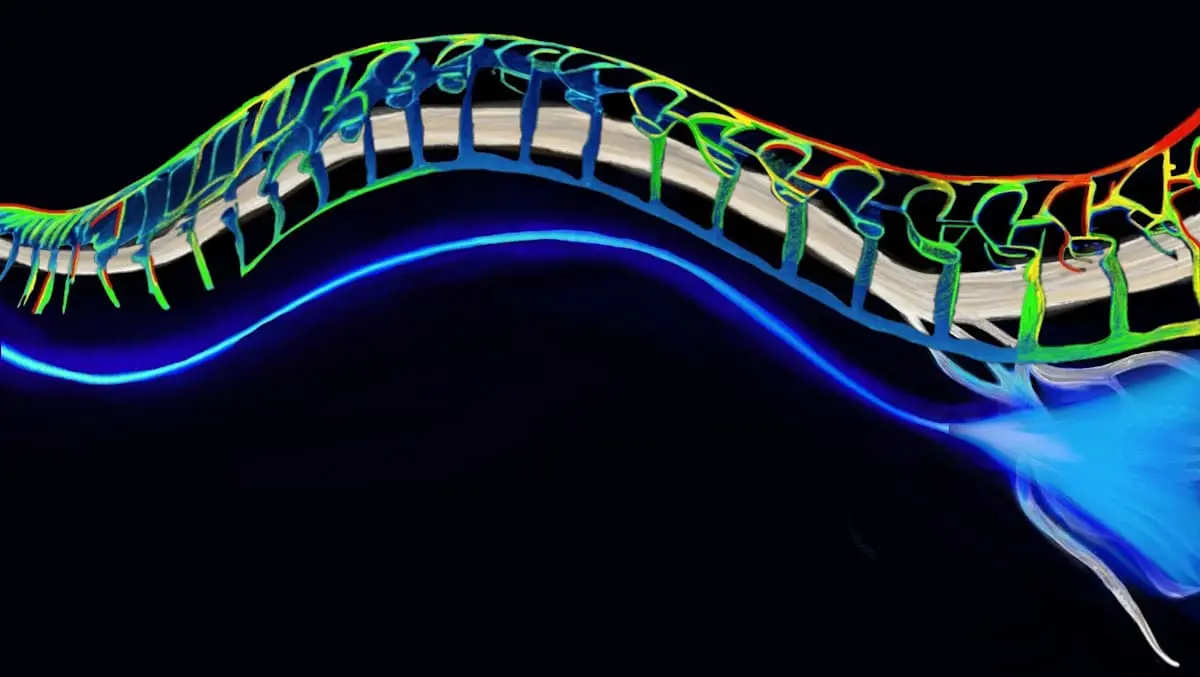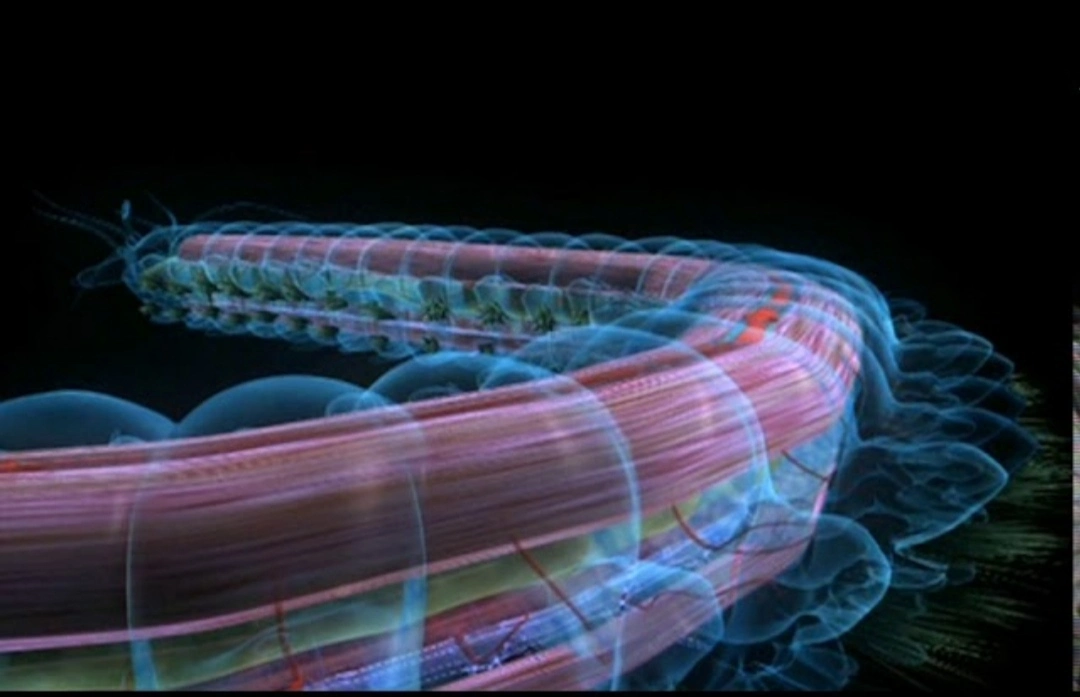“Revolutionizing Optogenetic Studies: Soft Hydrogel Optical Fibers Deliver Pain-Inhibiting Light to Peripheral Nerves in Mobile Mice”
Introduction to Soft, Implantable Optical Fibers
Researchers in the US have developed soft, implantable optical fibers for optogenetics studies to understand nerve pain and peripheral nerve disorders in animal models. The flexible nature of these fibers allows them to move and stretch with the body.
Peripheral Nerve Pain and Optogenetics
Peripheral nerve pain results from damage to nerves outside the brain and spinal cord. Optogenetics, a technique involving genetic engineering of nerves to respond to light, has been successful in studying brain disorders. However, its application to peripheral nerves has been limited by the rigidity of existing devices.
Read Also: Consciousness and Reality
Challenges with Current Devices
Current devices for studying nerve disorders are rigid and constrain movement, making it challenging to study conditions involving pain. Rigid implants also pose a risk of tissue damage.
Development of Flexible Optogenetic Implants
To address these challenges, researchers developed a soft, stretchable, transparent fiber made from hydrogel, a biocompatible mix of polymers and water. The fiber’s flexibility allows it to adapt to natural body motion, providing a more practical solution for studying peripheral nerves.
Optical Fiber Design and Testing
The optical fiber is designed with a core and outer cladding layers using a hydrogel infused with nanoscale polymer crystals. Testing involved implanting these fibers into mice with genetically modified nerves, demonstrating successful pain inhibition using light stimulation.
Read Also: New Treatment for Parkinson’s Disease
Long-term Viability and Functionality
The implanted fibers remained robust and functional even after two months of continuous use, overcoming limitations associated with traditional hydrogels. This durability allows for extended studies in dynamic and unconstrained conditions.
Positive Results in Mice Studies
Mice with implanted fibers showed reduced sensitivity to pain when exposed to yellow laser light. The mice were able to move freely, showcasing the adaptability and effectiveness of the developed optogenetic implants.
Expert Comments on the Study
Experts in the field, including bio-optics expert Seok-Hyun Andy Yun from Harvard University, acknowledge the potential of hydrogel fibers to expand optical techniques in animal studies. Neurobiologist Federico Iseppon highlights the approach’s ease of use but notes challenges requiring specific technical expertise.
Read Also : Malaria Vaccines
Future Scaling and Applications
Researchers plan to scale up the fibers for larger animals and integrate optogenetic control with neural activity recording. The technology holds promise for dissecting mechanisms underlying pain in the peripheral nervous system, potentially leading to novel therapeutic interventions.
Broader Applications Beyond Peripheral Nerves
The team envisions extending the technology’s use to mobile organs like the heart and gastrointestinal system, opening avenues for broader applications beyond peripheral nerves.
Read Also: Lab Grown Meat
Conclusion and Future Prospects
The researchers aim to contribute to neuroscience technology, hoping their work will identify mechanistic therapies for chronic pain and conditions such as nerve degeneration or injury. The study represents a significant step in developing versatile and adaptable tools for studying neural mechanisms in various physiological contexts.


4 thoughts on “Optogenetic Pain Reduction Advancement”